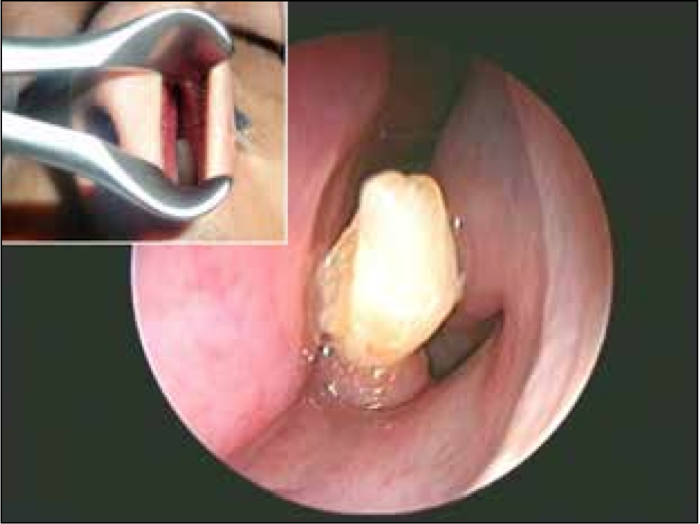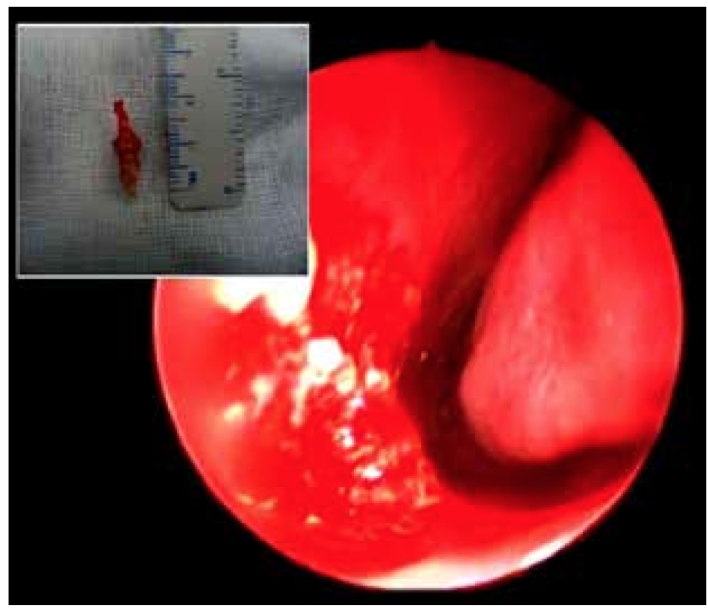Doctors Pulled a Tooth Out of a Man's … What?

Nosebleeds are common among children and young adults, but one young man's frequent nosebleeds turned out to have a rather unusual cause: He had a tooth in his nose, according to a new report of his case.
After suffering from nosebleeds once or twice a month for three years, the 22-year-old man in Saudi Arabia consulted a doctor, who found an ivory-white, bony mass, about half an inch (1 centimeter) long in the man's nose. The doctors then consulted with dentist colleagues, who concluded that the mass was actually an extra tooth that had somehow ended up growing in his nose, according to the report.
The patient had a well-aligned and complete set of teeth in his mouth, according to the report.
The doctors pulled out the extra tooth after putting the man under general anesthesia, and the patient completely healed, and had no more nosebleeds three months later, according to the report, published in July in the American Journal of Case Reports.
Extra teeth are not that uncommon, and may even grow upside down, but they rarely grow all the way into the nasal cavity, said Dr. John Hellstein, a dentist and professor of oral pathology at the University of Iowa, who wasn't involved in the case.
"It's an unusual case of an extra tooth — certainly, the most impressive intranasal photo I think I've ever seen of one. I've never seen the tooth actually in there," Hellstein told Live Science. [16 Oddest Medical Cases]
It is surprising that the nasal tooth had gone unnoticed for such a long time, Hellstein said.
Get the world’s most fascinating discoveries delivered straight to your inbox.
Somewhere between 0.15 percent and 3.9 percent of people have more teeth than normal, studies have found. "We see several cases each year,” Hellstein said. "But for it to have erupted up and through the nasal floor — that's unusual."
The patient in this case likely had a mesiodens, a common type of extra tooth, which is found around incisor teeth, Hellstein said. "About a third of those actually develop upside down, and they can get rerouted upward, towards the nose," he said.
It's not clear why some people develop extra teeth, or how one can erupt and reside in the nasal cavity. However, it is thought that genetic factors may play a role.
One condition that is associated with extra teeth is cleft lip and palate, which is a facial development birth defect and is often repaired by surgery. It is possible that the surgery impacts how teeth develop later in life, Hellstein said.
Email Bahar Gholipour. Follow Live Science @livescience, Facebook & Google+. Originally published on Live Science.




